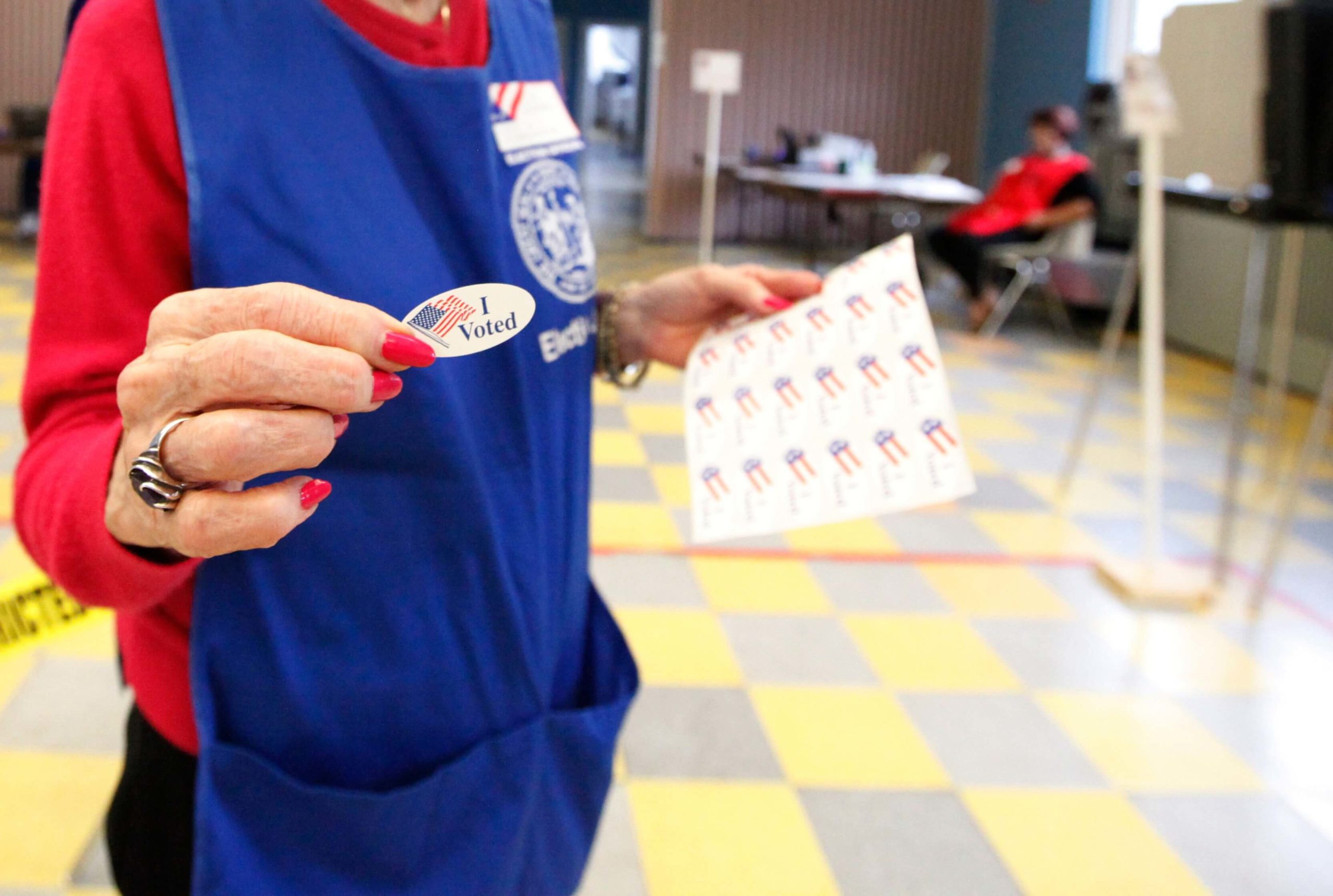A Realistic Communication Plan for Political Campaign Marketing
By Paul Bobnak | May 29, 2018

If you’re thinking about using direct mail in your political campaign, you’re going to need a plan, and then put it into practice.
Don’t worry about your budget or your USPS deadlines – not right now, anyway. They won’t matter if you don’t get everything else right. Read on for some tips on building a strategy, and the direct mail tactics that will help you.
Name Your Audience
Your audience isn’t everyone who can vote. It’s those voters whose values and political beliefs align best with yours. The thing is that they may not have heard of your candidate, even if they’re a current officeholder. Assume nothing. Use list rentals to target them first with your political direct mail.
Set Up A Contact Schedule
Try mapping out your direct mail outreach program well in advance of the actual election day. Start with writing an introduction piece that provides some background on the candidate as well as how he or she stands on some of the current issues. Then pick ballpark dates for follow-up pieces.
Reinforce Your Message
More voters pay attention the closer it gets to an election. But they’re not all geniuses or political junkies either. To keep them interested in and even psyched for your candidate, send political mail that repeats the main points from previous mail pieces. Remember, you can’t make assumptions of what people “know”.
Create A Contrast
I think we all have our own definition of “going negative”, but whatever it is – don’t get nasty. Just be ready – if needed – to truthfully point out in your political mail where your opponent stands, and how that is different from your core voters.
Be Ready to Respond
The news cycle used to be days, but now, it’s often far less. Keep an eye on the issues that are trending, and prepare to send a quick postcard to take advantage of them … before your opponent does.
Ideas to Use
- Mail most often in the last 2 weeks or so before an election.
- Drill down into your voter contact database by targeting people using specific demographics, as well as building personas.
- Your audience doesn’t hang out by the door waiting for your mail. So coordinate your social, TV, radio, and door-to-door efforts to reinforce your messaging, especially as the campaign intensifies.


